Consejos para viajar a Puerto Rico
Algunos consejos prácticos que te ayudarán a tener una estancia más fluida y segura en Puerto Rico.
Seguridad
Puerto Rico es un País seguro. Sin embargo, en algunas áreas se tiene mayor peligro, por lo que es importante tomar precauciones para tu seguridad mientras estés de vacaciones aquí.
- Si alquilas un auto, trata de estacionarlo en estacionamientos seguros en vez de en la calle, y nunca dejes artículos de valor a la vista.
- Evita visitar las playas durante horas de la noche.
- Los centros turísticos como Viejo San Juan, la Ave. Ashfford y la Placita de Santurce son seguros por la noche. Pero fuera de estas zonas, hay que evitar andar durante la noche por lugares solitarios.
- Los balnearios son los sitios de Playa Pública más seguros porque tienen vigilancia. Siempre ten cuidado con tus pertenencias cuando estés en la playa.
- Si vas a reservar alojamientos privados, verifica bien la zona y los comentarios. – Las apariencias engañan.
- Respeta la Naturaleza:
- Corrientes submarinas o Rip Currents: aunque la playa se vea tranquila o te sientas confiado, ten cuidado! Hay corrientes submarinas que te pueden arrastrar mar adentro. Si la playa se ve con oleaje, tiene bandera roja o afiche de no nadar, haz caso y no te bañes!
- Ríos: si vas a visitar un Río asegúrate que no haya estado lloviendo para la montaña el día anterior ni el día de la visita. Mi madre siempre dice que los Ríos son traicioneros.
- Bosques: No te salgas de los caminos señalados.
Utiliza el sentido común !
Divisa y Cambio de Divisa
La moneda oficial de Puerto Rico es el dólar estadounidense. Las monedas tienen denominaciones de 1¢, 5¢, 10¢, 25¢ y 50¢. Los billetes tienen denominaciones de US$1, US$5, US$10, US$50 y US$100.
No es muy fácil cambiar divisas en Puerto Rico, pues solamente hay solo dos casas de cambio: en el Aeropuerto y en Banco Popular de Santurce. Además, esta es la peor forma de cambiar dinero porque favorece menos al cambio y las comisiones son más altas.
Lo mejor para cambiar divisas es:
- Usar los cajeros automáticos de Banco Popular para retirar efectivo, éstos se encuentran principalmente en supermercados, centros comerciales, bancos a pie de calle y distritos comerciales.
- Tirar de la Visa directamente. Antes viajar tienes que avisar a tu Banco que estarás en Puerto Rico!
En la mayoría de los comercios se acepta tarjeta. Pero siempre se aconseja andar con algo de efectivo. Aprox $30 por día. No es común utilizar billetes de $100 y en muchos lugares no los aceptan.
Salud
Sol
El sol es la principal amenaza en Puerto Rico y los visitantes deberán protegerse con crema solar y tratar de no pasar largos periodos recibiendo luz solar para evitar quemarse. Se recomienda también beber suficiente agua para minimizar el riesgo de deshidratación.
Zika
Los mosquitos son una molestia en Puerto Rico y te recomendamos traer un repelente efectivo para evitar las picaduras. El mejor repelente es OFF y se puede encontrar en supermecados y Farmacias.
Comportamiento
Lo mejor de Puerto Rico es su gente. Los puertorriqueños son personas muy amigables y relajados. Si eres amigable y sincero con los locales, te darás cuenta que ellos estarán felices por ayudarte con cualquier cosa que necesites.
Es común que la gente se dé un solo un beso en la mejilla para saludarse. Normalmente al presentarse, se dan la mano. Socializar y hablar con extraños en las tiendas es muy común.
Propinas
Las propinas son opcionales. Sin embargo, es muy común dejar una propina de 10% y 20% en los restaurantes. La razón es que muchas veces los sueldos son más bajos y se compensan con las propinas. Ojo al recibo, pues incluir el servicio de propina es ilegal pero a veces lo hacen! Si ya está incluida en el recibo, no es necesario dejar más. Tampoco es necesario dejar propina en los kioskos al lado del camino, pero apreciarán que les dejes el cambio. Dar propina a los maleteros y en la peluquería es normal, mientras que a los taxistas es opcional, dependiendo del servicio recibido.
Comunicaciones
El código de país para Puerto Rico es +1. El Internet de alta velocidad está ampliamente disponible en hoteles y cafés Internet en las ciudades principales. No existen locutorios.
Visado
Los ciudadanos estadounidenses no requieren visado para viajar a Puerto Rico ya que la Isla es una colonia de Estados Unidos. Ciudadanos de otras nacionalidades deberán tener pasaporte con validez de al menos seis meses. A los ciudadanos de Australia, Francia, Alemania, Italia, España y el Reino Unido se les otorga un visado de turista de 90 días tras su llegada. Tienen que sacar un visado electrónico ESTA en la pagina web de la embajada de EEUU https://esta.cbp.dhs.gov/esta/ para poder venir a Puerto Rico.
Carnet de Conducir
En Puerto Rico puedes alquilar un coche con el carnet de España durante los 90 días que tienes como turista, no hace falta que saques el carnet internacional. Es importante mencionar que en Puerto Rico se conduce de una manera “especial” con lo que tienes que tener bien alerta los sentidos.
Fuente: lugarescomunespr
Best museums in puerto rico
Visiting a museum is always a unique experience, as each one has its own distinct characteristics, style, and of course, content. Museum subjects vary greatly from city to city, and can range from firefighter’s museums to fine art, to sports. If you need help making a selection, our 10Best list highlights the top spots to visit in San Juan.
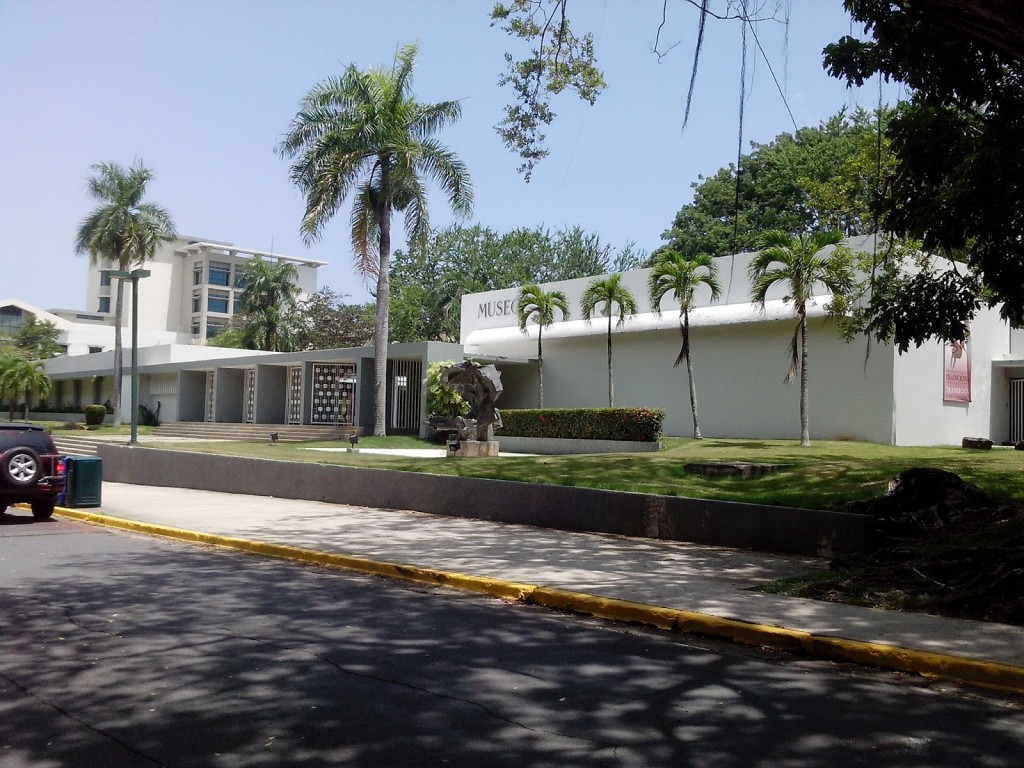
Museo de San Juan
English and Spanish language tours are available at this museum located in what used to be a major San Juan marketplace. Paintings, sculptures and an important collection of santos are featured here. A documentary film shown every hour on the hour tells about the history of San Juan from 1521 to the present day.
Museo de las Américas
This museum is located in an old Spanish troop barracks, the largest Spanish-built building in the Americas. All American cultures, genres and time periods are celebrated here with exhibits including archeological artifacts, handmade folk art, fine paintings and sculptures, figureheads carved in New England and Caribbean Indian canoes. One of the best permanent collections is a display of Puerto Rican santos.
Museo de Pablo Casals
Spanish cellist Pablo Casals made his home in San Juan for about 17 years at the end of his long life. This museum is home to his cello, piano, photographs and other memorabilia of the great musician. A selection of videotapes of Casal’s concerts can be played upon request.
Museo de Arte de Ponce
This famous museum, located in Ponce, houses an extensive collection of Puerto Rican and European art including works by Van Dyck, Reubens, Rodin, Delacroix and Gainsborough. Edward Durell Stone, the architect of New York City’s Museum of Modern Art also designed this building with its trademark hexagonal rooms.
Convento De Los Dominicos
On the north side of the old city, you’ll find a convent originally built by Dominican Friars in 1523. Through the years it has served as a religious building, a fortress against Carib Indian raids and the island headquarters of the United States Army. A small museum is located in the chapel. The convent also houses offices of the Instituto de Cultura Puertorriqueña. If you are looking for souvenirs of your time on the island, baskets, masks, the famous cuatro guitars, santos and reproductions of Taíno artifacts are for sale here.
Museo del Nino
The youngsters in your party will enjoy a visit to this excellent children’s museum located in a 300-year-old colonial villa. Exhibits are hands-on and include an opportunity to talk to youth in other countries on a short-wave radio, a miniature town square complete with dentist, bank and city hall and an extensive explanation of the benefits of recycling.
Museo de Arte de Puerto Rico
Puerto Rico’s newest museum is a showplace. The neo-classical exterior features Spanish architectural flourishes. Inside, the history of the island’s cultural heritage is explored through its paintings. Local artists are well represented, especially Franciso Oller, Jose Campeche and Angel Botello. There is also an excellent display of mid-20th-century poster pop art that was created on the island. The museum also boasts a 400-seat theater, restaurant and gardens.
Museo de Historia, Antropologia, y Arte
Located on the campus of the University of Puerto Rico, this museum seeks to present a balanced view of the history, archeology and fine arts of the island. Special exhibits highlight the indigenous inhabitants of Puerto Rico, the colonial era and the institution of slavery on the island. There is an excellent collection of fine arts including many paintings by Puerto Rican talents Francisco Oller and Jose Campeche.
La Casa del Libro
[The museum is open at the temporary location at Callejon de la Capilla #199 during renovations.] Quartered in a restored 19th-century house, this cozy museum celebrates everything about the book. Over 4000 volumes teach visitors about printing and book making. Some of the most impressive displays are illuminated manuscripts dating from the 15th and 16th centuries.
Museo Del Indio
Located on the first floor of the Cuartel de Ballaja, this museum showcases artifacts from several of the island’s native cultures. Stone tools, pottery and instructive dioramas teach visitors about island life before the arrival of Columbus.
By: 10best
Extreme sports and adventure tour sites in Puerto Rico
One of the most attractive things about Puerto Rico is its geographical diversity that varies from the beaches and coastline, to the forests, rivers and mountains. This diversity has laid a solid platform for a range of extreme sports and many adventure tours in Puerto Rico. Here are some of the most exciting extreme sport sites and adventure tour sites located in this unique land.
Exploring El Yunque
This is a beautiful and exciting subtropical rain forest located in the Northeastern part of the Puerto Rico. Although El Yunque is relatively a smaller rainforest (with an area of 28,000 acres), it is rich in diversity and has splendid characteristics. As per the ancient myths, El Yunque was the home to God Yuquiyú.
If you plan to go on an adventure tour to El Yunque, you will find highly diversified amount of flora. There are hundreds of fern species which are exceptional to this part of the world. Apart from that, you will be able to see various small endemic animal species like pygmy anole, coquí tree frog and Puerto Rican Parrot.
Beach area
Puerto Rico hosts over 270 miles of beautiful beaches. Every inch of theses beaches is a part of an adventure. There are plenty of actions waiting for you in the sparkling blue waters. Surfing, diving, paddle boarding, kite surfing and extreme kiting are some of the extreme type sports you can perform in the beautiful blue waters of Puerto Rico.
Kite-boarding
If you have selected Puerto Rico to be your holiday destination, you can simple update your “to-do” list by adding kite-boarding to it. If you need professional assistance, there are plenty of skilled kite-boarders to instruct you and let you to experience an exciting, adventurous activity. This sport is a combination of multiple sports like waterskiing, windsurfing and paragliding. Puerto Rico waters offer ideal type of waves and currents while the surrounding pumps necessary adrenaline to make this activity a more exciting one.
Hang Gliding
If you prefer aerial adventure, try gliding in Puerto Rico. The excitement you would feel when gliding your canopy over the El Yunque Rainforest is simply indescribable. Although it looks terrifying at a glance, hang gliding is a relaxing act once you practically do it. There are plenty of instructors in Puerto Rico to guide beginners with hang gliding; you don’t have to worry a bit even if you are a beginner.
Zip-line Toro Verde
Thanks to the versatile landscapes in Puerto Rico, it has several places to be engaged in Zip-lining; Toro Verde is one of the most appealing sites for such activity. Zip-lining is an activity done using a pulley attached to a strong steel cable at a certain incline. All you have to do is to get strapped into the provided harness and allow gravity to move you to the other side.
Apart from that, there are plenty of other activities to be engaged in Puerto Rico. It is always advisable to visitors, however, to engage in these activities with the assistance of trained professionals who are widely available to book.
Best Things To Do in Puerto Rico
Puerto Rico’s attractions range from the adventurous (like the underground caves of Río Camuy Cave Park) to the historic (like the 500-year old walls of the El Morro fort). And there are plenty of options between the two extremes. Beach lovers must visit the western beaches of Rincón for sunbathing and surfing; snorkelers are bound to enjoy Vieques’ bioluminescent Mosquito Bay. And if you’re the kind of traveler who parties heartily, you’ll discover a varied but vibrant nightlife in San Juan.
Bioluminescent Mosquito Bay (Vieques)
This south Vieques beach might not sound like much, but it’s one of travelers’ favorite experiences in Puerto Rico. During the day, Bioluminescent Mosquito Bay is your stereotypical Caribbean hideout — but at night, the sky and waters emit a blue glow from the half-plant, half-animal microorganisms that live there. More than 700,000 bioluminescent dinoflagellates live in each gallon of bay water, and recent travelers have been amazed by just how much visibility these tiny creatures provide.
El Morro (Fuerte San Felipe del Morro)
El Morro juts out of San Juan harbor beckoning to cruise ships just as it used to deter sea attacks. The structure is a hulking six-story fortress built between 1539 and 1589, withstanding the two World Wars and several other scrimmages. Now, El Fuerto San Felipe del Morro is Puerto Rico’s go-to tourist attraction, both for its extensive history and its outstanding vistas of the Atlantic Ocean. You can also walk though the fortress’ depths, which include a maze of tunnels, barracks and prison cells.
Flamenco Beach
On the island of Culebra — which sits about 20 miles east of Puerto Rico— visitors will find a beach perfect for families, snorkelers and those looking for a remote spot that boasts a delightful aesthetic from nearly every angle. Flamenco Beach’s 1½-mile strip of sand is the most popular on Culebra and is often recognized by travelers and experts as the most beautiful in all of Puerto Rico.
Sun Bay (Vieques)
Mosquito Bay is popular in the evenings, but the island of Vieques’ daytime beachcombers like the chalky sands and serene vantage point of southwestern Sun Bay. It’s also the only beach on Vieques with public facilities: The 2-mile-long beach on Vieques’ south coast has lifeguards, showers, bathrooms and a small area to purchase food. Plus, the town of Esperanza (and its restaurants and bars) is just a short walk away.
Castillo de San Cristóbal
Fort San Cristóbal’s 27 acres were built to protect the city of Old San Juan from land attacks. It doesn’t receive as many visitors, or as much adoration from travel guides as the city’s El Morro fort, but recent visitors are equally amazed by the majesty and significant history of the site. Travelers insist you won’t be disappointed if you spend an hour roaming the fort’s ramparts.
By: travel.usnews
Puerto Rico: La isla de las mejores bahías bioluminiscentes del mundo
Sin ánimo de ser excluyentes, las siguientes líneas resumen algunos de los lugares de visita obligada para quienes escojan Puerto Rico como destino para sus vacaciones.
- Arecibo
Esta población cuenta en sus alrededores con uno de los principales reclamos turísticos de la isla: el Centro Nacional de Astronomía, en el que se halla uno de los mayores telescopios del mundo (305 m de diámetro).
- Bahías Bioluminiscentes
Existen tres bahías bioluminiscentes en Puerto Rico: En La Parguera, en Fajardo y en la Isla de Vieques, en las que tiene lugar un fenómeno habitual en mar abierto, pero poco frecuente en el litoral. Cada noche, las aguas de esta resguardada bahía brillan al ser agitadas por el oleaje. La explicación a este inusitado espectáculo se encuentra en unos microorganismos denominados dinoflagelados, los cuales reaccionan desprendiendo luz cuando entran en contacto con un cuerpo u objeto. De ahí que bañarse en esta playa —a la que se puede acceder en kayak— sea una experiencia realmente única.
- Boquerón y Guánica
Estos dos pueblos pesqueros, localizados en el extremo suroccidental de Puerto Rico, albergan una zona de playas y bosques con encanto. En el caso de Guánica, además, no hay que perder de vista la fascinante Isla Guilligan.
- Bosque Estatal de Maricao
Situado en el extremo oeste de la cordillera Central y con una superficie de 4.159 hectáreas, se halla a caballo de los municipios de Sabana Grande y Maricao. Poseedor de un estado de conservación admirable, en sus fértiles suelos crecen el mayor número de especies endémicas de Puerto Rico. Otro tanto ocurre con los 60 tipos de aves que lo habitan, la mitad de las cuales son autóctonas.
- Bosque Estatal de Toro Negro
Sito entre los municipios de Orocovis, Jayuya, Ponce, Juana Díaz y Ciales, este precioso pulmón verde acoge el pico más elevado de la isla: Cerro Punta (1.338 m sobre el nivel del mar). Bendecido por un hermoso bosque subtropical —éste ocupa la tercera parte de su superficie—, el lugar es un compendio de evocadores senderos, altísimas cascadas, lagos y áreas de descanso.
Fuente: logitravel


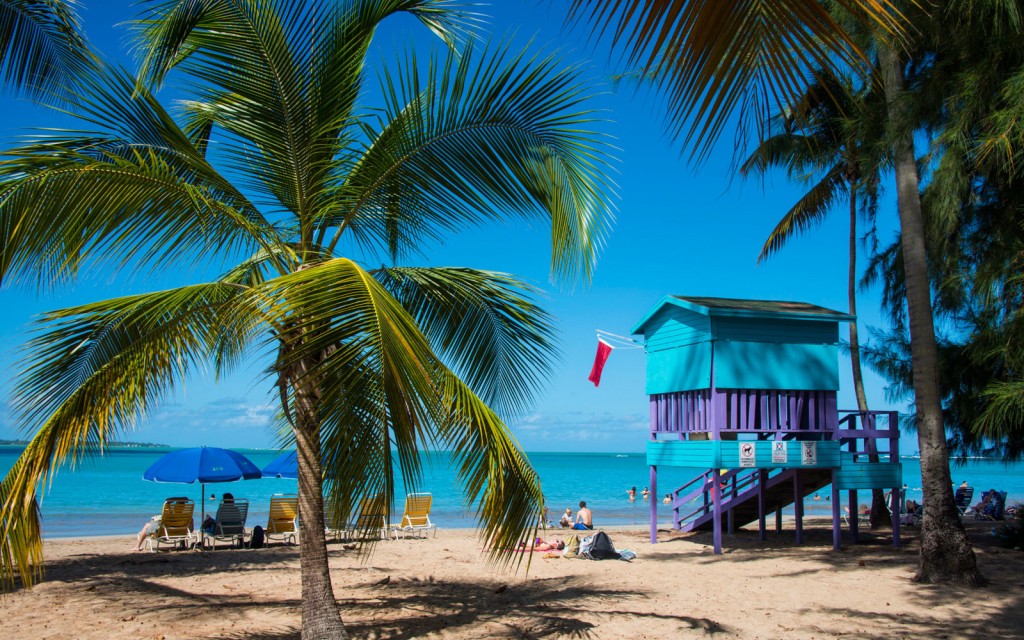
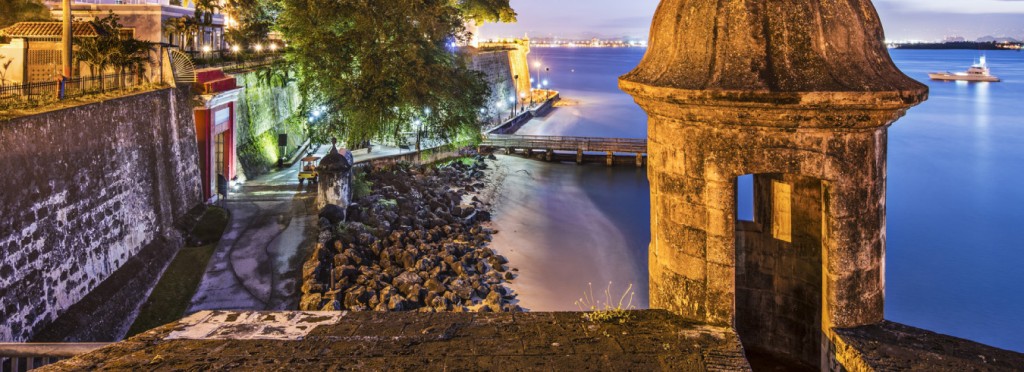
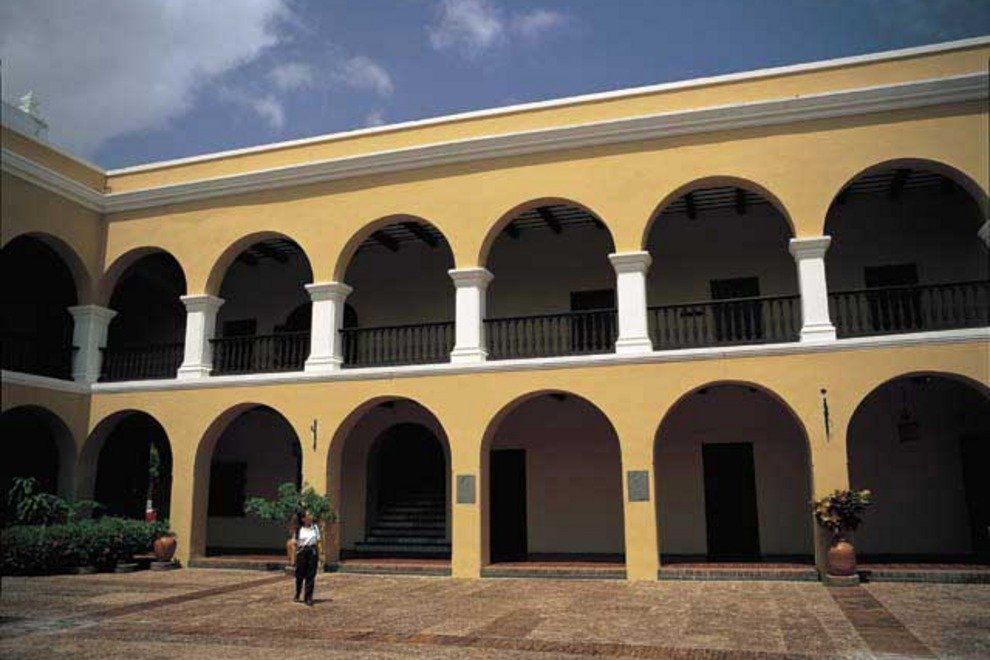

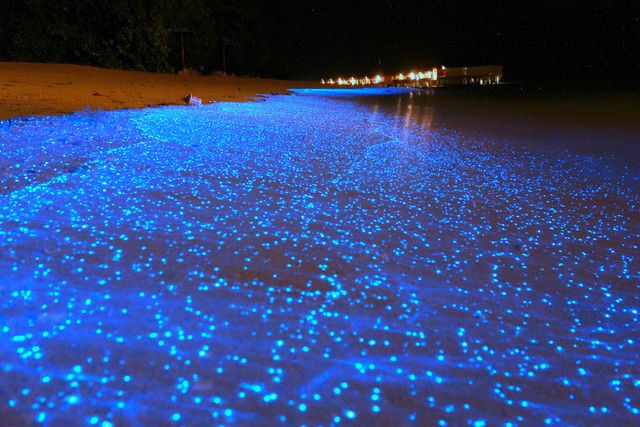
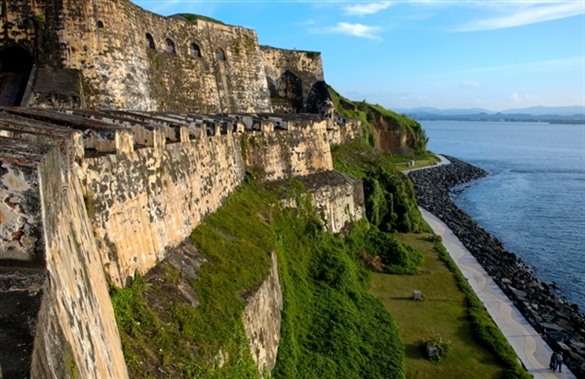

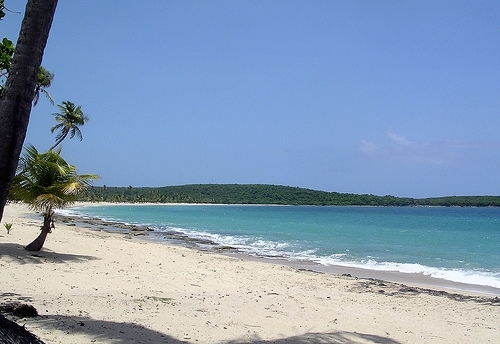
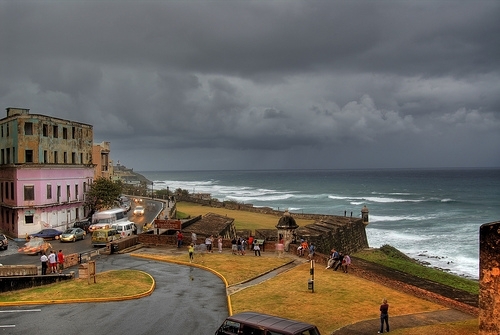


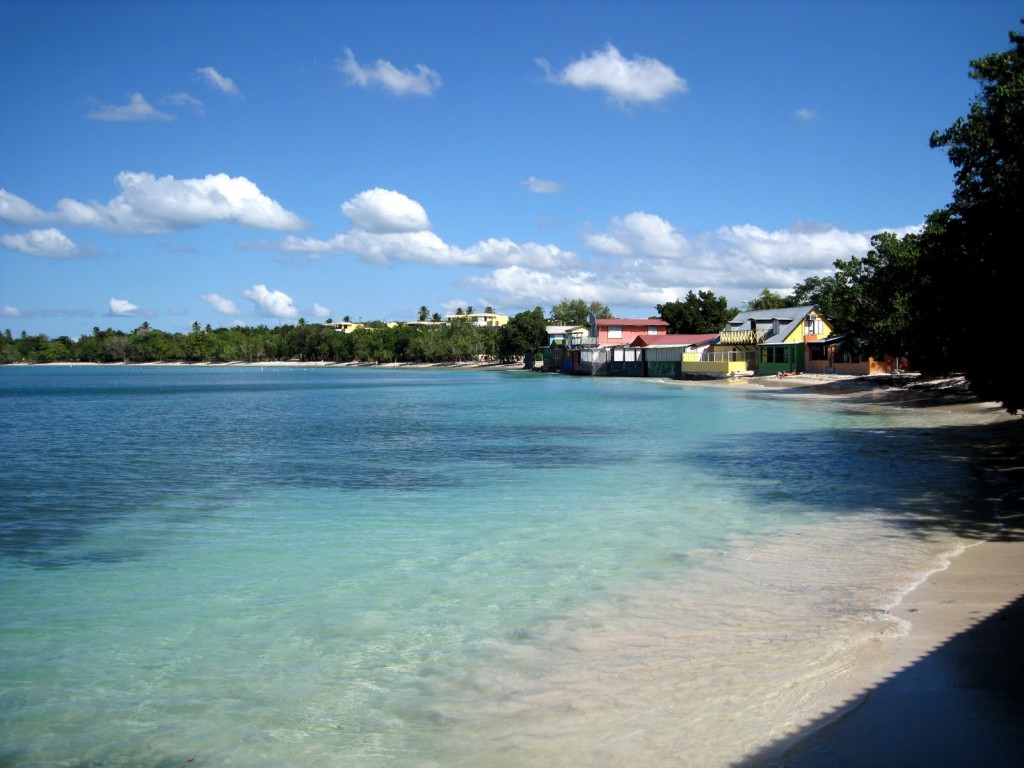


Recent Comments